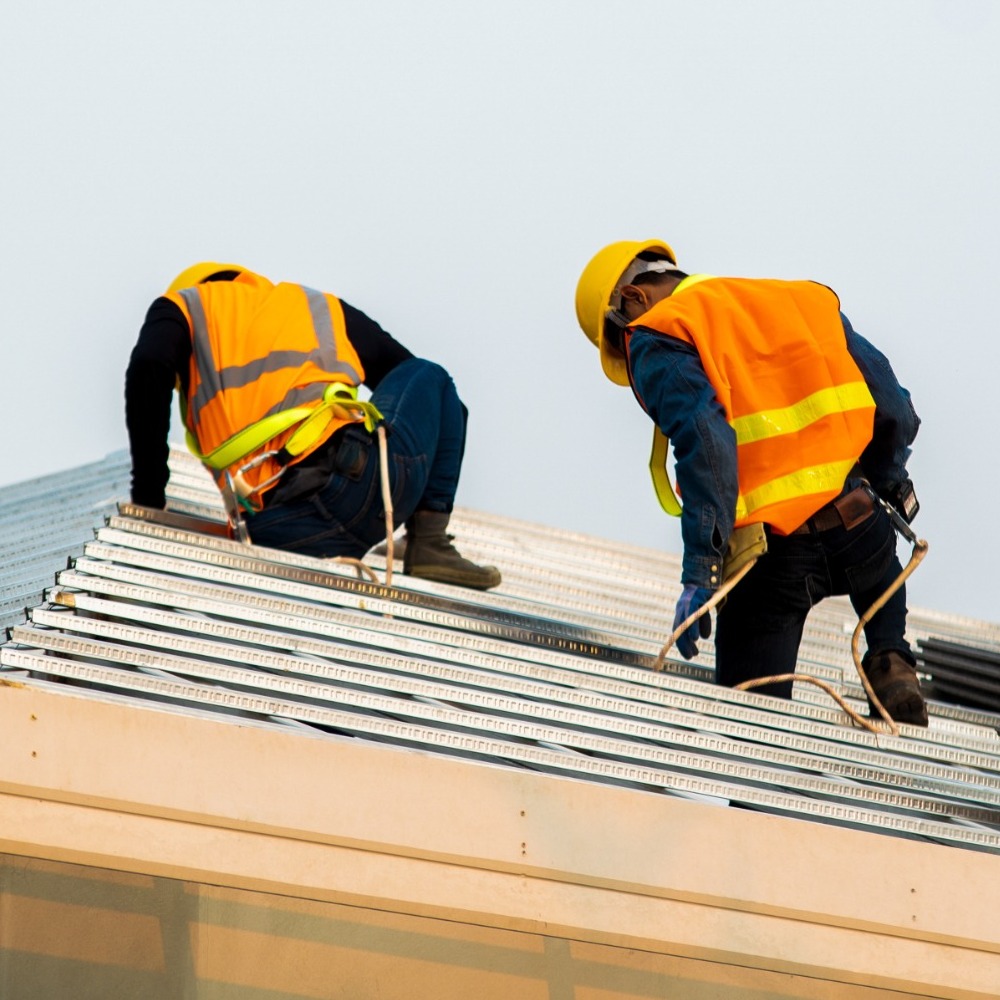
Consider the Benefits of Roofing Insulation
The roof of your home is an important and necessary component. It protects your belongings, family members, and most of all, the home itself. An important component of that roof is the roof insulation, it is the key component of your home being comfortable and energy efficient. During the cold winters of Chattanooga and Knoxville, Tennessee, it is an extremely important component!
What are the most common types of residential roof insulation?
There are different types of residential roof insulation, among the common ones are:
- Fiberglass
- Cellulose
- Spray Foam
Each of these has its own benefits and each has its own downsides. What are the benefits of these three types of roof insulation? Read on for information:
Fiberglass Roof Insulation:
There are tiny pieces of recycled glass that are melted down and combined with limestone, sand, and other materials. The cotton-like appearance comes from this substance being woven into long strands. Fiberglass roof insulation comes in three forms:
- Batts
These are the large rolled-up sheets you see at your local home improvement stores. Aluminum is used to hold the batts together. This is an easy and quick way for roof insulation If is easy to fit between standard roof joists but can be challenging to customize around pipes and odd-sized roof joists.
- Loose-fill
Similar to batts, this type is also made from recycled glass but is blown into the attic with a special machine. The advantage of this type of insulation, it gets in and around those hard-to-fit places that the batts can’t.
Cellulose Roof Insulation:
This roof insulation is clumpy, dense, and thick, with a down feather-like consistency. In this shape and size, it fits well in enclosed areas like inside walls and conforms around obstructions in the attic and walls.
The loose-fill type of cellulose roof insulation is a dry material, as it is blown into the areas needed. Some benefits of this type of roof insulation:
- It settles and conforms around obstructions.
- A relatively inexpensive roof insulation with an R-value of 3.5 per inch of thickness.
- Easier to install in finished walls than batts.
- Fairly insect and vermin resistant.
Spray Foam Roof Insulation
Spray foam roof insulation has the highest R-value in roof insulation, delivering air, moisture, and thermal barriers. During the summer months, it keeps the heat out and during the winter, it keeps the heat inside.
What type of insulation is best for my home?
When the budget is a concern, the batt type of roof insulation is better than nothing! Where budget isn’t an issue closed-cell foam roof insulation is the most effective with an R-Value of 6.2 per inch.
Can I insulate my roof myself, or do I need a professional?
Because roof insulation is made from particles of glass, it can be highly irritating to the skin. Professional roof insulation is recommended because they have the equipment and gear to protect their eyes, skin, and most of all, their breathing.
How often should I inspect my roof insulation?
An annual inspection of your roof insulation is recommended. Additional times for roof inspection would be if you have any roof damage that requires roof repairs or replacement.
What are the signs of failing roof insulation?
Yes, your roof insulation can become less effective over time, usually because of moisture in the attic. If moisture comes in contact with roof insulation, it weakens the integrity, mold forms, and the fibers break down.
1. Higher Energy Bills
If your energy bills are increasing more than they normally do during the summer or winter, you should have your roof insulation inspected.
2. Temperature Constantly Fluctuates
Poor roof insulation makes the HVAC system work harder, but it isn’t keeping the rooms consistently comfortable.
3. Freezing Pipes
Winters in Tennessee get cold and poor roof insulation can expose the plumbing to extreme temperatures, resulting in busted pipes.
4. Condensation In the House
Warm air is moist with water and when it reaches a cold surface, the heat vapor turns back to the water, like when you get out of the shower and the mirror fogs.
5. Rodent and Pests Infestation
If pests and rodents get into the insulation, they’ll nest, leaving their feces and disease behind to spread throughout your house.
6. Roof Top Ice Dams
When the roof insulation isn’t sufficient in the attic, heat escapes, and melts the ice and snow during the day. Then as temperatures drop at night, that refreezes because the water can’t run off, forming an ice dam.
7. Drafts
If your home seems to be drafty, you should have the roof insulation inspected and consider upgrading your windows.
8. Water Dripping from the Attic
Water dripping from the attic could be because of poor roof insulation or a roof leak, which will damage the roof insulation.
To Top Off Your Home
In addition to the unseen things like the sewer line and water heater, the roof insulation is unseen and often underappreciated, but all are very much important. If you haven’t had a new roof installed recently, getting an inspection of your roof insulation may be a money saver down the road! You can reach us at 865-238-2628 to schedule a personalized consultation regarding your roof insulation in Louisville and Chattanooga, TN.